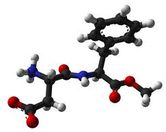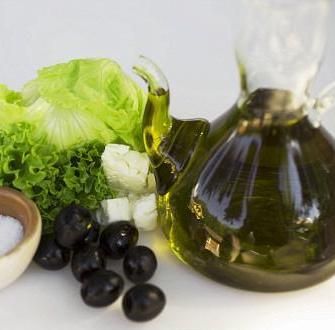
© Erika BlumenfeldIndependent scientists have confirmed that Gulf marine life is heavily contaminated by the dispersed oil and oil sheen in the water.
Despite BP having capped its well in the Gulf of Mexico in July, the health-related after-effects of the disaster subsist.
Gulf Coast residents and BP cleanup workers have linked the source of certain illnesses to chemicals present in BP's oil and the toxic dispersants used to sink it - illnesses that appear to be both spreading and worsening.
Dr. Rodney Soto, a medical doctor in Santa Rosa Beach, Florida, has been testing and treating patients with high levels of oil-related chemicals in their blood stream. These are commonly referred to as Volatile Organic Compounds (VOC's). Anthropogenic VOC's from BP's oil disaster are toxic and have negative chronic health effects.
Dr. Soto is finding disconcertingly consistent and high levels of toxic chemicals in every one of the patients he is testing.
"I'm regularly finding between five and seven VOCs in my patients," Dr. Soto told Al Jazeera. "These patients include people not directly involved in the oil clean-up, as well as residents that do not live right on the coast. These are clearly related to the oil disaster."
Chronic health effectsLloyd Pearcey, from Bonsecour, Alabama, worked on a BP clean-up team as a foreman for four months.
During that time, he collected oil-soaked boom and drove a bulldozer "filled with the tar balls and tar mats we collected. Other times we stood in the water in Tyvek suits putting out shore boom with oil all over us. The fumes got to you."
"I just got my results from the blood tests," Pearcey told Al Jazeera, "I have the chemicals of the oil and dispersants in my blood."
Pearcey had experienced many of the now common symptoms of acute exposure to BP's chemicals.
Dr. Soto is testing his patients, and said he has ample documentation attesting to the levels of toxins people are being exposed to.
Dr. Soto classifies two types of symptom groups: acute exposure that includes skin and respiratory problems; and a second, larger group of people with no symptoms, but who still have toxicity. He believes the pathways of exposure occur through air, skin, and contaminated seafood.













Comment: We're led to believe that the report was fraud, while there are other reports that confirm autism rates have gone down since the removal of thimerosal in vaccines.
For more insight into the vaccination/autism controversy see:
The Autism-Vaccine Debate: Anything But Over
Checking links between vaccines and autism
Autism Rates Double in Children as Vaccines Poison an Entire Generation